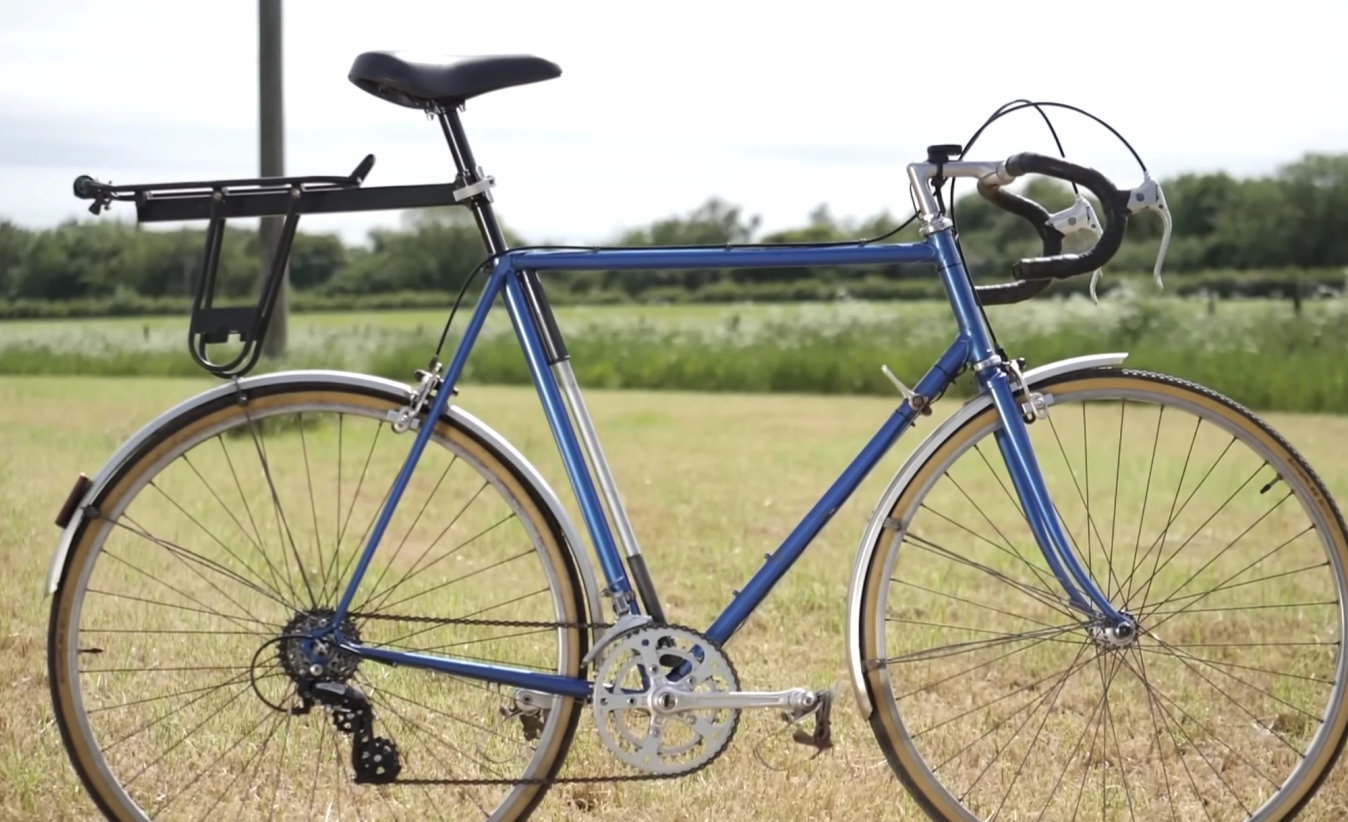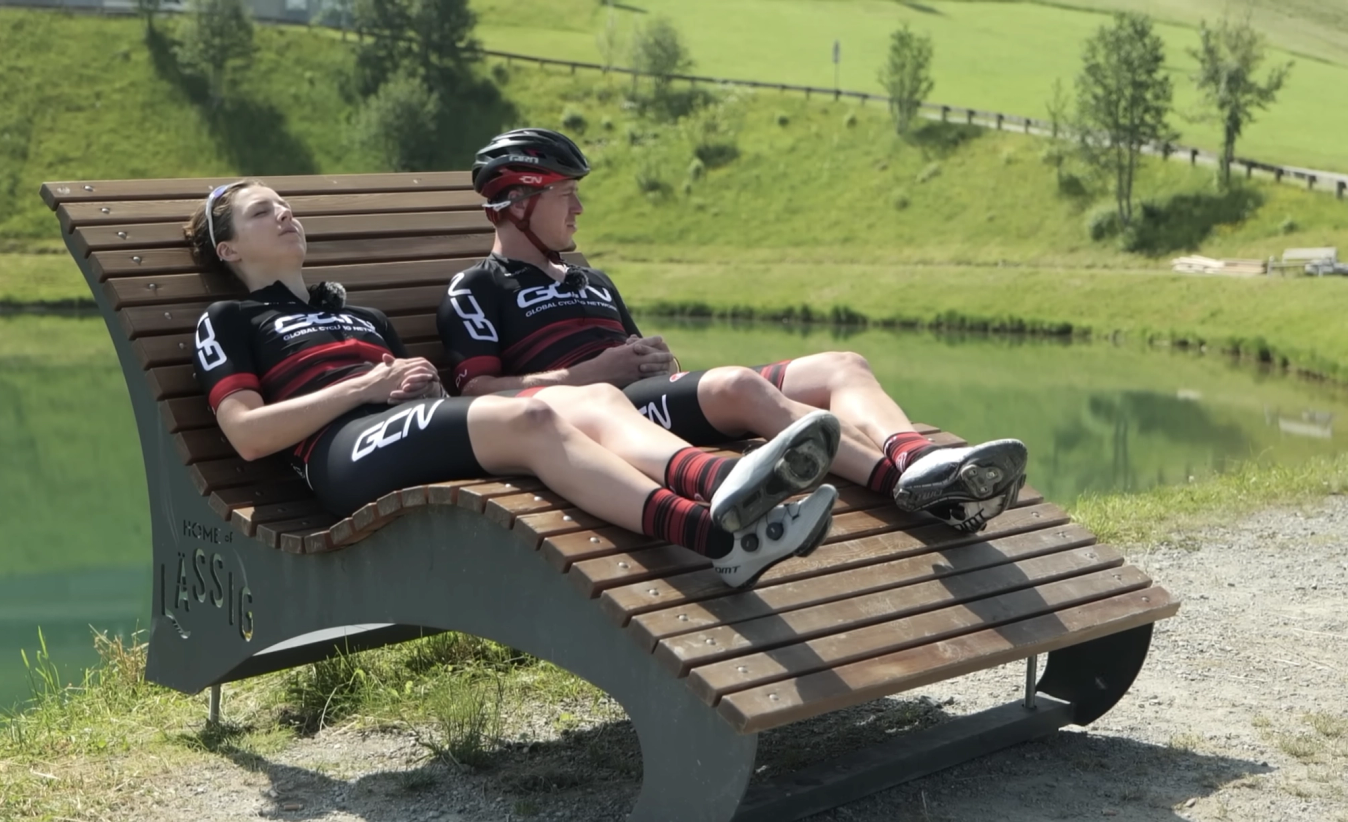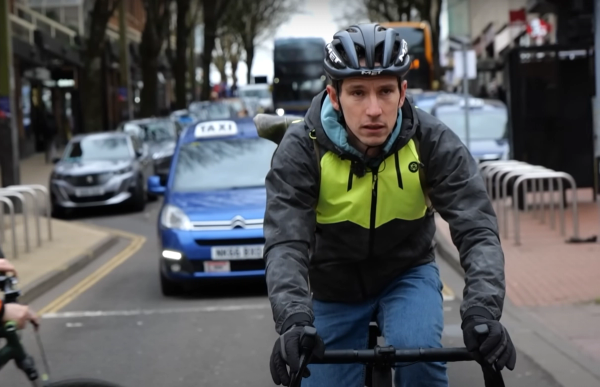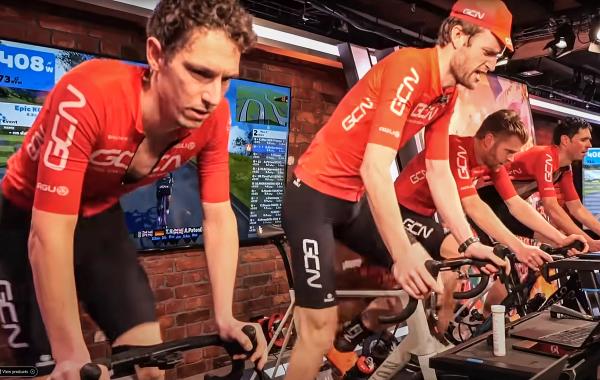Should we be training like Fausto Coppi and Eddy Merckx?
We have a look at which training techniques from days gone by are worth giving a try, and which are best consigned to the history books.
James Howell-Jones
Junior Writer
Sport science has come a long way in the past few decades. These days, training plans are backed up with academic studies and scientific papers, and we precisely measure each training session with GPS data, heart rate monitors and even power meters.
Turn the clock back a few decades to when legends of the sport like Eddy Merckx, Fausto Coppi and Bernard Hinault were training, though, and things were a lot more rudimentary. Back then, training techniques were established with anecdotal evidence, finger-in-the-air logic and back-of-an-envelope maths.
The science behind old school training techniques is questionable to say the very least, but they did seem to work for riders at the time. So as modern riders, we might be wondering whether these old school training techniques should be given a modern day revival, or left in the history books.
With the benefit of our modern scientific understanding, it’s pretty clear that a lot of the training rules that legends of the sport used to live by simply aren’t effective. But among them, there are a few insights that we can carry into our own training – let’s take a look at some of the old ‘rules’ of training; which you can learn from and which you should ditch.
DON’T: Ride a heavy bike

GCN
A heavy bike will make you slower, not fitter
On the face of it, this one makes perfect sense. If you want to work harder at the gym, you lift heavier weights. So surely, if you want to get stronger on the bike, you need a heavier bike? This has been a popular winter training technique for decades. It sounds logical, and you get the added bonus of surprising yourself at how light your bike is on race day.
In reality though, this doesn’t make you any faster or stronger than riding a normal weight bike. No matter how heavy your bike is, if you’re going hard up a climb, you’re going to be putting the same amount of power through the pedals. On a weighted bike, you’d just go slower.
There is one circumstance when this training technique works. If you’re going on a group ride and you want to make the ride harder without leaving the group behind, a weighted bike could level the playing field and give you more of a workout.
DON’T: Ride without food
This one has been the norm in the pro peloton until surprisingly recently. In fact, GCN presenter and ex-pro Conor Dunne says the culture of riding without food was still present during his years as a pro between 2014 and 2019. Even among amateurs, this is common ‘logic’ – the prevalence of the popular adage ‘eating is cheating’ shows how entrenched the anti-food mindset is within all levels of cycling.
So what’s the thought process behind riding without food? For decades, there’s been an understanding that riding without food conditions your body to burn fat rather than calories, giving you an ability to run on empty. The theory goes that come race day, you’ll treat yourself to some calories and they’ll kick in like rocket fuel, unlocking a new, untapped level of performance.
In reality, this is an ineffective way of training. While it’s true that fasted riding can condition you to burn fat reserves, it comes at the cost of training effect. Without the right fuel, you won’t be able to train to the same level, reach the same power, or recover as quickly.
If you’re looking to lose weight through cycling, riding on an empty stomach isn’t the answer. Instead, put together a structured calorie deficit plan, as we outline in our guide to losing weight through cycling. But whatever you do, make sure you fuel your riding properly.
DON’T: Ride without water
To any modern cyclist, this one just seems completely ridiculous, but for top pros in the mid 1900s, riding without water was the mark of true toughness. In reality, this was a very bad idea. Nowadays we know that there really are no benefits to riding without hydration, and in fact, dehydration was one of the factors that led to the death of Tom Simpson in stage 13 of the 1967 Tour de France.
Nonetheless, this mindset seeped its way into the winter training habits of riders right up to the 1980s, where it was considered wholly amateurish to carry more than one bottle on a winter ride. The theory was that riders could condition their bodies to function without water… mad, we know.
If there's any old training technique that should be ditched, it’s this one.
DO: Take time off

GCN
Taking a breather after a tough season is still a good idea
Before the 1980s, once the road season was finished, riders took up to two months off the bike to fully recover before they started their winter training. It was no less than what they needed: after a long, hard summer of racing, probably dehydrated almost every day of the season, pro riders were battered and bruised. Two months gave them enough time to recover from the demands of racing, and to get their motivation back – there’s no denying that after two months without riding, any pro cyclist would be desperate to swing a leg over and hit the roads.
These days, a post-season break is still the norm, but two months is way longer than any modern pro would take off. In that amount of time, your body would fully recover, but your level of fitness would suffer too. Come January, when it was time to start training again, riders would pretty much be back at square one.
So is this a training technique we should carry into the modern day? To an extent, yes. If you’ve had a hard racing season, it’s a good idea to give yourself a break and get that motivation to ride back. But instead of two months, two or three weeks should be plenty.
DO: Keep a diary

GCN
A training diary is a nice idea, even with all the data we ride with today
Before the days of GPS, heart rate monitors, Whoop bands, power meters and all the other useful devices we know and love, the only way riders could track their riding and training was with a pen and paper. A training diary was the norm for any serious cyclist, and riders would record their mileage, their route, how they felt and more. Whether they started each entry with ‘Dear diary’ is unknown.
These days, with all our data collated so neatly on devices and apps, it might seem like an unnecessary hassle to keep a training diary. But this can be a good place to track those things that a digital head unit can’t measure: what you ate; what kind of mood you were in; how fresh you felt. For racing cyclists, this can be even more important: a diary is a fantastic place to make notes on tactical and strategic errors or successes during a race or event.
DON’T: Only ride slowly
Once pro cyclists emerged from their post-season break, they began their training steadily. Very steadily. In fact, Eddy Merckx’s doctor said the first 1,500 miles of winter training should be done exclusively in the little ring. Looking back, this doesn’t necessarily mean they were crawling along: back then, bikes had a 42 tooth little ring, and no more than 19 teeth on the biggest sprocket. Either way, though, the brief was clear: ride easy, and ride far.
This approach has fallen out of favour in the past few decades, but recently, as polarised training becomes increasingly popular, the old school approach has become relevant once again. Polarised training, which is advocated for by an increasing number of WorldTour pros and coaches, calls for a large volume of low intensity riding to build aerobic capacity.
In reality, though, modern polarised training is quite different from the old school ‘little ring only’ approach. Whereas cyclists of days gone by used large blocks of low intensity riding, modern training plans incorporate occasional high intensity work too. Polarised training calls for 80% of low intensity riding, and 20% at a high intensity.
DON’T: Ride monster miles in the winter
Eddy Merckx developed a pretty unusual way of preparing himself and his team for the spring classics. Every Monday, Wednesday and Friday at the start of the year, Merckx and team would meet at his home near Brussels. From there, it was a 200km jaunt to the East Flanders hills and the Tour of Flanders climbs. This ride went out three times a week, right through January, rain or shine.
Fausto Coppi was another proponent of long training rides. In preparation for the 1946 Milan-San Remo, Coppi was regularly doing 250km per ride, getting ready for the near 300km race. Coppi’s approach was unique: instead of riding easy, and using the early races to build intensity, he did speed work in the weeks leading up to the early season races. To practise responding to attacks and to prepare for aggressive racing, he’d ride 150km, then meet his teammates for a fast, punchy group ride that simulated race conditions. GCN presenter and pro cyclist Chris Opie actually gave this technique a go in 2019, so if you want to see how a modern rider responds to this kind of training, give it a watch.
Long rides will help you get fitter. That’s why long winter miles are still a staple of most pro riders’ winter training. Winter miles help with conditioning, they help to build an aerobic base, and they prepare our bodies for the higher intensity training that usually comes in summer. But really, though, who’s got time to ride 600km or more each week?
These days, we can achieve the same results with fewer miles, and a more structured approach. We spoke to former WorldTour coach Neal Henderson about other ways of achieving those winter training goals, and there are loads of alternatives to long rides in miserable weather. Cross training, strength and conditioning work in the gym, or mixed intensity riding is just as effective, if not more so, as long distance training.
Things to remember
In the pursuit of performance gains, cyclists have tried all sorts over the years. Looking back at those long January miles, the rides without food and water, and the weighted bikes, we can see the difference in approach from riders like Merckx and Coppi compared to the pros of today. Decades ago, training wasn’t about being at peak fitness, it was about toughening up, and preparing yourself for the gruelling racing season ahead.
Maybe we’ve softened up over the years, but all that hardship just seems a little unnecessary these days. With the benefit of modern science, we can train far more effectively and enjoyably. In our opinion, cycling really shouldn’t be about gritting your teeth and proving how tough you are.
Nonetheless, among the training techniques that are worth leaving in the pages of cycling history, there are some insights that we can carry forward into our own riding. Low intensity riding is still essential for building an anaerobic base; a break is still essential after a long racing season, and a paper diary could be a valuable tool for recording those things that modern data can never capture. Maybe Eddy Merckx was doing some things right after all.









